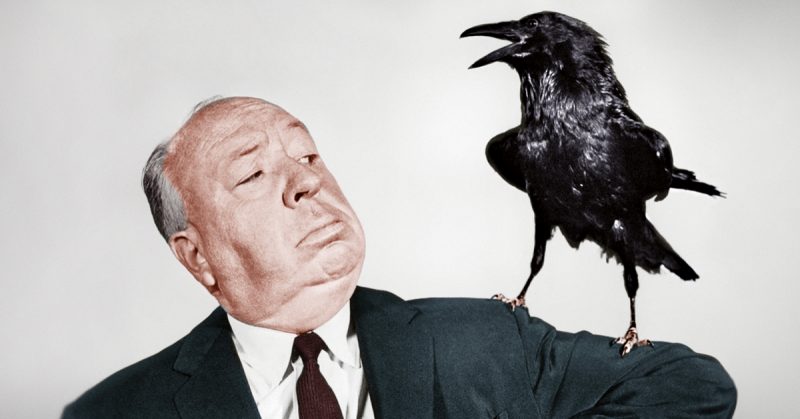Born in Leytonstone, England, in 1899, Alfred Hitchcock spent more than 40 years directing films that have become embedded in our popular culture.
His dark subject matter, ability to create a great feeling of suspense, and his plot twists all served to help make him a household name.
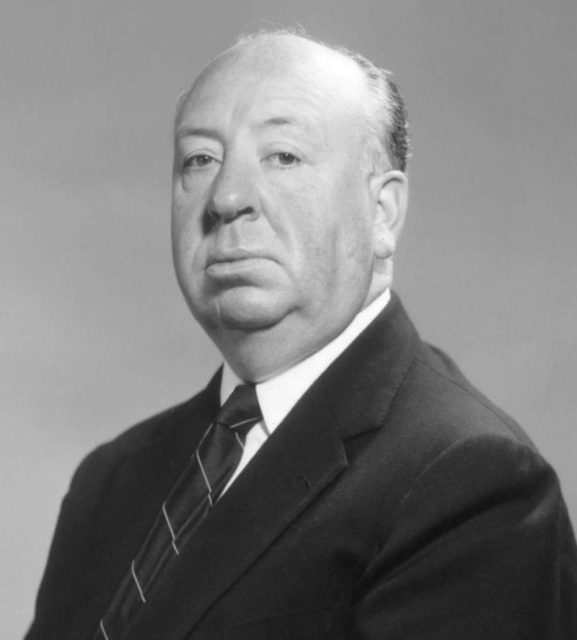
It’s easy to feel that you have gained a good sense of who he was through his interviews, the cameos he made in his own films and his film trailers, but there’s still a lot about him that is not well known.
Below are five strange facts you probably never knew about this master of suspense.
He had a very difficult relationship with food.
According to the Independent, Hitchcock’s relationship with food had as much horror as it did pleasure.
He was very overweight for most of his life and began secretly binge-eating as a child.
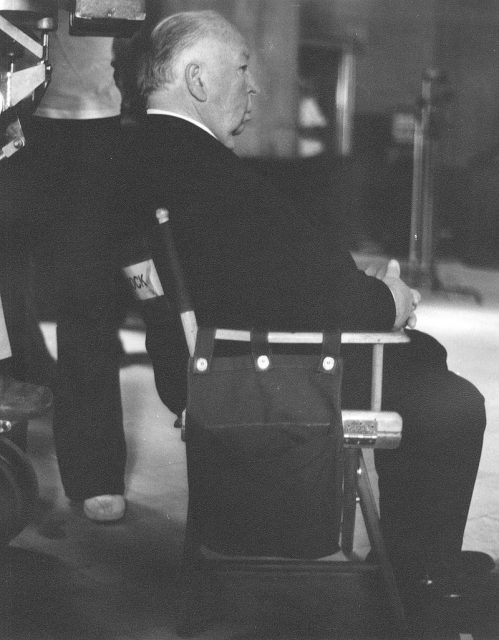
Food was his comfort while he was dealing with a strict Catholic upbringing in which he was often both berated and ignored.
He has said he was making “an armor of fat” between himself and the world. Binge eating led to self-loathing, however, and was often followed by crash diets.
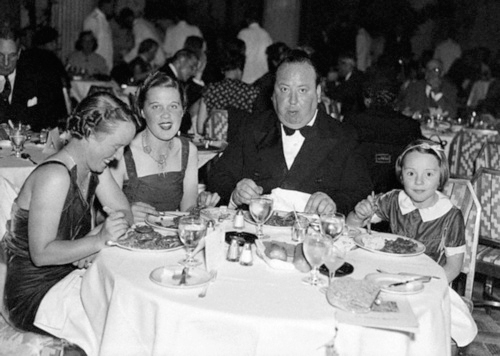
Biography relates a typical Hitchcock dinner as including “a roast chicken, a small void ham, potatoes, two vegetables, bread, a bottle of wine, salad, dessert, and brandy.”
With meals like this, it’s no wonder his weight was issue.
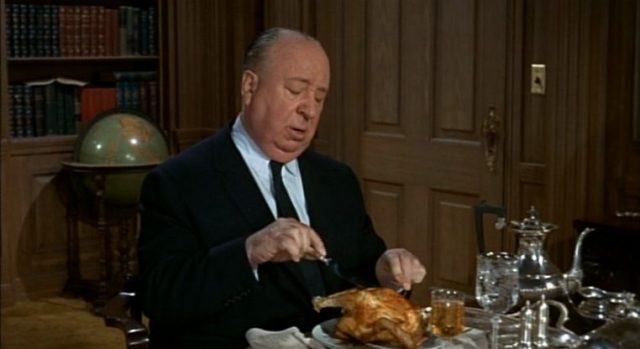
He once told an interviewer that he had a fear of eggs, saying “I’m frightened of eggs. That white, round thing without any holes… have you ever seen anything more revolting than an egg yolk breaking and spilling its yellow liquid?” He reportedly thought that blood was positively “jolly” compared to the oozing of a soft yolk.
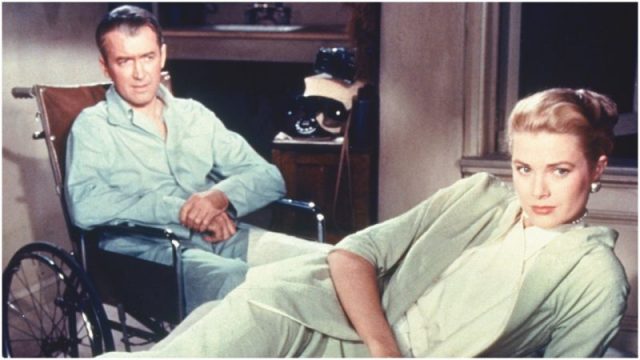
His contradictory feelings about food show up in his films, too, with food being tied to both love and affection, such as the romantic kiss between Ingrid Bergman and Cary Grant in Notorious, which comes after she has cooked him a roast chicken, or in Rear Window, when Grace Kelly brings lobster to cheer the ailing hero.
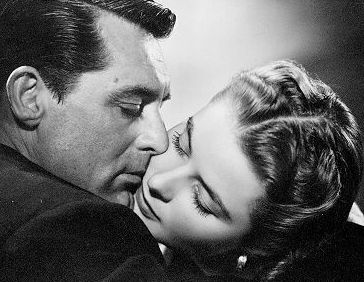
It can also be an integral part of building a sense of horror, such as in Rope, where dinner was served on a trunk that was holding a corpse.
He had an abiding fear of the police.
When he had committed some small childish offense at the age of six, his father sent him to the local police, carrying a note.
When the officer on duty read it, he locked young Hitchcock in a jail cell for several minutes, saying “This is what we do to bad little boys.”
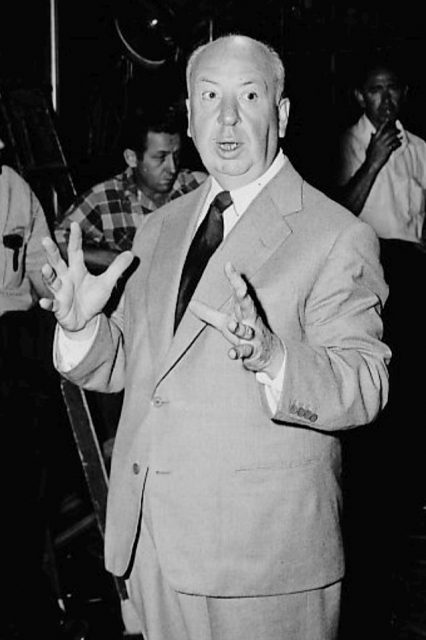
This exchange left him morbidly afraid of police and, to a lesser extent, other authority figures. As an adult, he was asked what he would have engraved on his tombstone and he replied with the policeman’s quote.
When he did die, he was cremated, and no grave marker was needed.
He had a fondness for sadistic practical jokes.
The Telegraph reports that his pranks could range from fairly harmless to sadistic and humiliating.
On the mild side, he would recruit a co-conspirator, and ride with that person in a crowded elevator while telling a tantalizing story loud enough for everyone to hear; then, he would exit the elevator just before getting to the punchline of the story, leaving the other riders confused and frustrated.
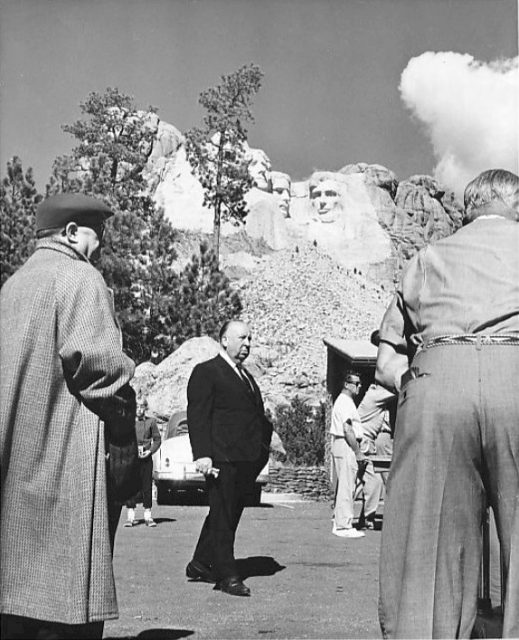
He usually targeted people he felt were too fake or too full of themselves.
He might put whoopee cushions under a guest’s chair, serve elaborate meals with the courses all out of order, or dyed an inappropriate color, just to see how his guests would react.
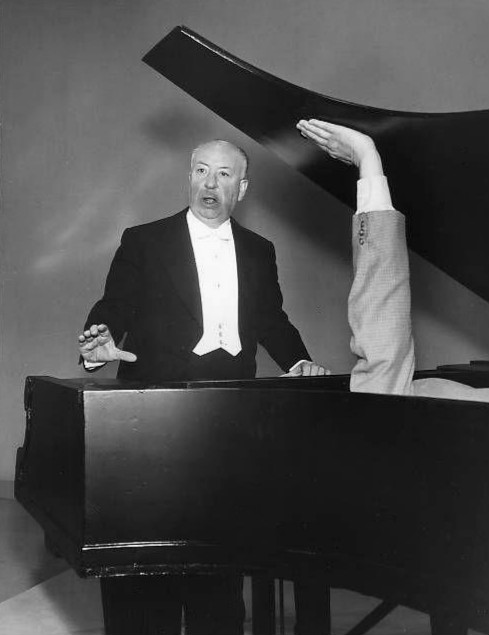
He once sent an actor 400 smoked herrings and had a horse delivered to Sir Gerald Du Maurier’s dressing room, just to see what he would do with it.
When actress Elsie Randolph told Hitchcock about her fear of fire, he staged a prank on her involving locking a phone box and pumping smoke into it.
Walt Disney managed to kill one of Hitchcock’s projects
According to Mental Floss, in 1960, Hitchcock and screenwriter Ernest Lehman began developing a new script for a movie called The Blind Man.
The film was about a blind pianist who recovers his sight after receiving an eye that was transplanted from a murder victim.
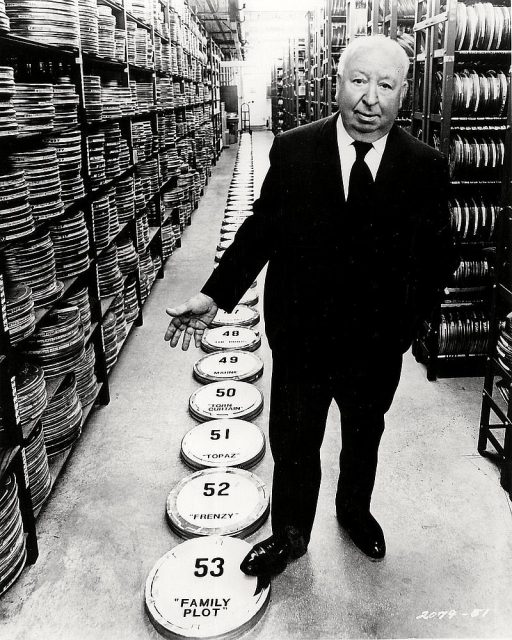
He imagined Jimmy Stewart as the main character and one of the main scenes was supposed to be shot at Disneyland.
Walt Disney had seen Psycho, however, and felt that it was a horrible movie. He refused to let Hitchcock film there, which ultimately killed the project.
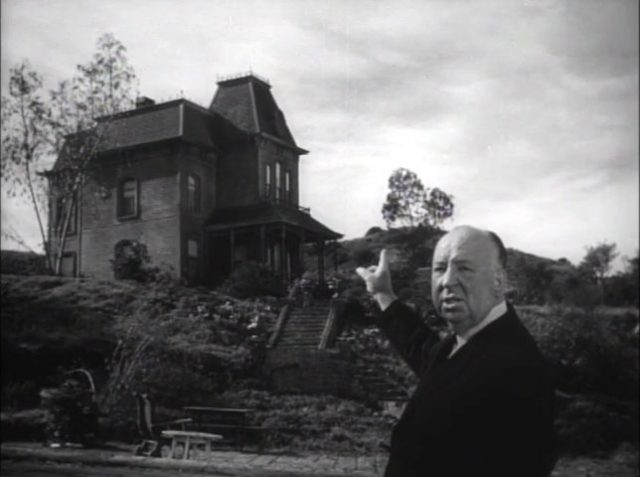
Hitchcock got a little revenge, though, when he hired Ub Iwerks, who was the co-creator of Mickey Mouse, to do animations and special effects for his film The Birds.
He refused to meet Steven Spielberg
Bruce Dern said, in his autobiography, that he had tried to get Hitchcock to agree to meet Spielberg, telling him “You’re his idol. He just wants to sit at your feet for five minutes and chat with you.”
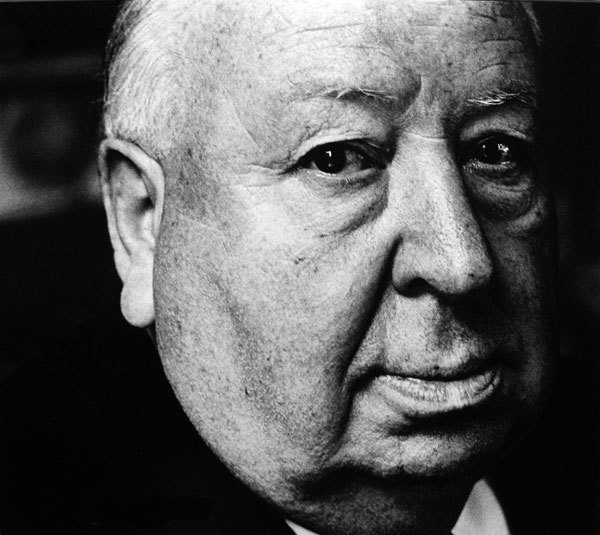
Hitchcock wouldn’t do it, saying, “Isn’t that the boy who made the fish movie?… I could never sit down and talk with him…because I look at him and I feel like such a whore.”
When Dern asked why that should be, he said it was because he is the voice of the Jaws ride at Universal Studios, which offered him $1 million to do it. He did it, but it made him feel cheap, and to see Spielberg would only remind him of that.
